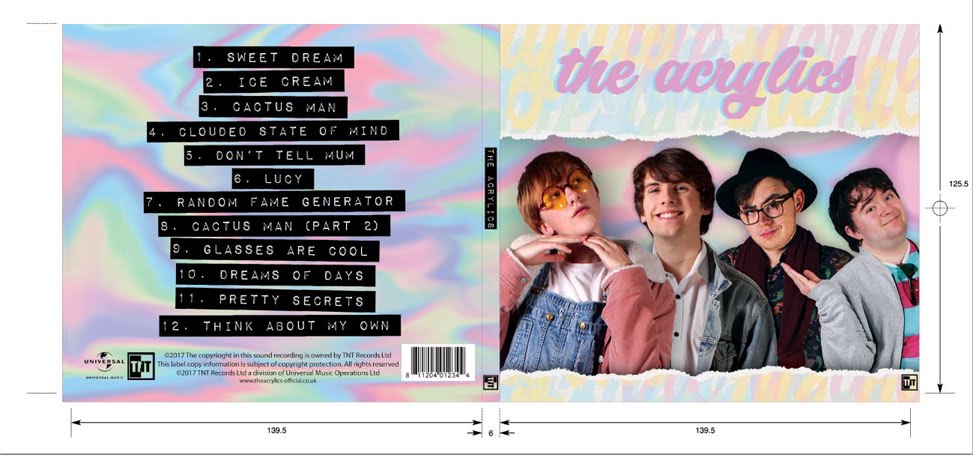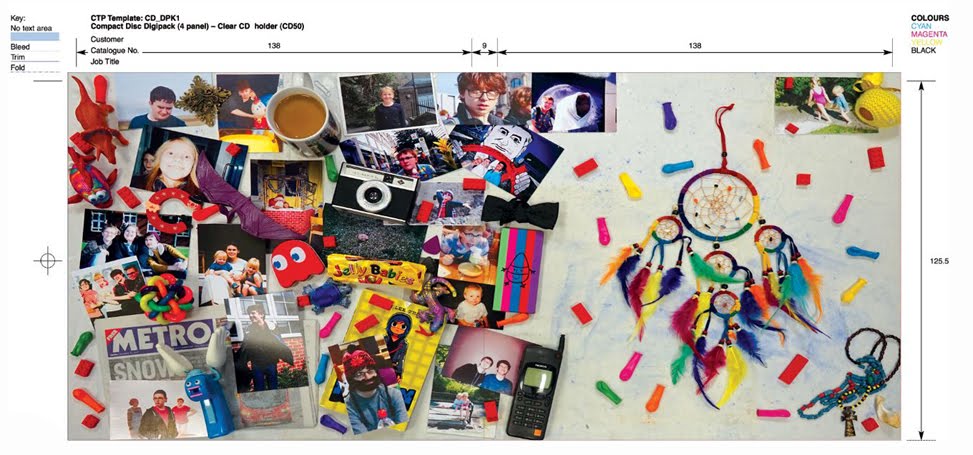My Prelim Video
Q1: Who did you work with and how did you manage the task between you?
I worked in a group of three, alongside Tom Brown and Emilio Francischelli, to complete this preliminary task.
 |
| Tom (left), Emilio (centre) and I (right) |
When editing, we split off into two groups, with Emilio and I editing together and Tom editing on his own. It was helpful working in a pair, as it meant we could bounce ideas off each other when, for example, deciding the lengths of shots and it was also good getting a second opinion when evaluating whether a certain editing technique was effective.It was particularly helpful for me as a beginner to the media course to have an experienced media student (since GCSE) helping me learn some fundamental editing skills and giving me a chance to practice them.
Looking back, I believe that the way we managed the task between us was important to our successes when completing the preliminary task. Having each of us contribute equally when discussing the process of planning, filming and editing, we could agree on the best course of action and end up with a final product with a high standard.
Q2: How did you plan your sequence? What processes did you use? What theories did you try to take into account?
My group and I took into account the various planning processes and film theories we have learned about during our foundation course when planning our sequence.
We initially approached the planning process by discussing our ideas about a potential plot that involved the expectations of the brief (i.e. involved someone opening a door, walking across a room, sitting down and having a conversation).When we decided on a basic plan involving what we decided would be a classroom setting, we noted some potential lines of dialogue, gags and shot ideas that would flesh out our idea on a rough script.
 |
| Rough script |
We planned a sequence that involved two teachers of contrasting personalities having a discussion (one of which is boring, the other very extravagant). Once we were all clear on our plot and our characters, we begun story boarding our film, using rough drawings on post-it notes to visualise each of the shots, and using the different colours of the post-its to connote different frames (e.g. green post-it = long shot). We performed a recce of our set to help us block potential shots. The use of post-it notes made it easy to move the shots around if we wanted to change the order, and when we had agreed upon the order of our film, we annotated the frames with the dialogue and arrows to determine movement (thin arrows for character movement, thick arrows for camera movement).
 |
| Our final story board |
When planning our prelim sequence, we had to take into account some film theories and techniques. The brief outlined that our film had to be a continuity sequence, so we had to take into account continuity techniques, such as match-on action, We also had to follow some key film making principles, such as:
- The 180 degree rule - we planned our shots so that the camera would never cross the line of vision between the two characters to make sure that the set up of the film made sense.
- The 30 degree rule - we planned our shots so that each shot was of a significantly different perspective of or distance from the object so that two consecutive shots did not transition to look like a jump cut (the use of coloured post-it notes helped keep our framing varied).
 |
| The colours of our storyboard helped keep our framing varied |
- Master shot - we made sure early on in our planning of the shots that there was one that captured the key elements of the scene (e.g. the desk, the door, the teacher) to give the audience an idea of space.
Other principles we considered when planning were shot-reverse-shots, sound bridges and establishing shots. Narrative theory also came into our planning, and we marked places in the story board that showed the beginning (the disturbance), middle (the conflict) and end (the resolution) of our sequence, so we had a clear understanding for when we filmed the sequence how the plot was going to progress from the disturbance of Mr Spatula walking in the room, the conflict between the two teachers in their dialogue and the resolution of Mr Spatula leaving with the hole puncher.
In reflection, I believe that the planning process was the most important part of completing the continuity sequence. The material that we created during this part of the process was referred to throughout the filming and editing time to keep the final product to the guidelines of the brief and cut down on time deciding the look of shots during the filming and editing.
In reflection, I believe that the planning process was the most important part of completing the continuity sequence. The material that we created during this part of the process was referred to throughout the filming and editing time to keep the final product to the guidelines of the brief and cut down on time deciding the look of shots during the filming and editing.
Q3: What technology did you use to complete the task, and how did you use it?
To complete this task, my group and I used the following pieces of technology to complete our final film:
Camera and Microphone
 |
| Canon Legria HFG30 Canon DM-100 Dirrectional Microphone |
This camera was light and portable; this enabled us to move the camera easily to take shots from different camera perspectives, so we could take large range of shots in our sequence in our time limit. We also used it to playback shots we had taken to decide if we wanted to retake any of them - it was very useful having this option available during the shoot, so we didn't have to wait until the editing process to decide on a re-shoot, which would be a hassle and might spoil a lot of the continuity.
The microphone did not require much attention as it was fixed to the top of the camera. It picked up the dialogue well and clearly enough for the narrative of our sequence to make sense to the audience. However, as the microphone was attached to the camera itself, it meant that the sound quality (i.e. of the character's dialogue) changed as the distance between the characters and the camera changed, which did not make every shot sound continuous.
Editing Software
 |
| Adobe Premiere Pro |
It also enabled us to uncouple the shot's visuals and audio, which allowed us to create sound bridges from one shot to the next (e.g. to have one character speak and continue speaking into the next shot), which also helped to the brief of continuity. We also used it to rename our footage, number the shot and take, and re-order the clips into chronological order to cut down on time.
Having applied these pieces of technology in completing this task, I believe that they were suitable in fulfilling the brief of the prelim. Although they did not give us a studio-quality film (e.g. in visuals/sound quality), they did enable us to create a sequence efficiently and, most importantly, in the time limitations of the prelim.
Q4: What factors did you take into account when planning, shooting and editing?
My group and I considered a variety of factors when we did our prelim so as to overcome these problems during planning, filming and editing:
LIGHTING
We identified during the planning process that, because we didn't have the resources for proper lighting, we would have to rely on the light sources available to us on location: these were the overhead lights and sunlight from the windows. To keep the light exposure consistent during our continuity sequence, we decided to use only the overhead lights as our light source. Therefore, during filming, we made sure that the curtains were drawn over the windows to block the sunlight.
The above shows how the light exposure looks between two consecutive shots; there is little difference, exemplifying that we managed to overcome this.
TIMING
We had an hour time limit for our shoot, with an additional ten minutes on either side for setting up and clearing up. We used this time efficiently during the shoot by making sure that we took all of our shots before taking any other takes; this meant that even if we could not achieve the best shots, we at least had it in some format. Although this did not hinder what we achieved, it meant that we couldn't have numerous takes of every shot like in a professional shoot, which did hinder our choices when it came to choosing our shots in editing.
 |
| Emilio and I choosing the takes to use in our final sequence |
LOCATION
When shooting, we had to take into account the factor of ambient noise from our school, which was where we were filming; for example, the school bell rung during our filming time and there was noise from students on the field, which our set looks out onto. There was little we could do as a group to overcome these interruptions besides closing the windows to block out the noise from students outside and pausing the shoot to let the bell ring. However, it was not a major restriction to what we achieved as the mic didn't pick up any ambient noise.
The below shows the location for our shoot:
We shared a portion of our set (the corridor outside our room) with another media group doing their own prelim. To avoid any disruptions, we corroborated with them to let them know when we could use the corridor or when we needed the other room to be quiet etc. Although this meant we also had to change around our shot list on the shoot, it did not majorly impede on our shoot.
Looking back on the factors that may have impeded on our video's success, I believe that my group and I considered with them and dealt with them effectively, so they did not restrict us from what we accomplished; we still managed to fulfill the terms of the brief and have a clear narrative to our sequence.
We shared a portion of our set (the corridor outside our room) with another media group doing their own prelim. To avoid any disruptions, we corroborated with them to let them know when we could use the corridor or when we needed the other room to be quiet etc. Although this meant we also had to change around our shot list on the shoot, it did not majorly impede on our shoot.
Q5: How successful was your sequence? Please identify what worked well, and with hindsight, what would you improve/do differently?
The brief for our prelim task was to make a continuity task involving a character opening a door, crossing a room and sitting down in a chair opposite another character to exchange some dialogue, AND it should demonstrate match-on action, shot-reverse-shot and 180 degree rule.
What went well
- The final sequence we created was successful in showing someone opening a door, crossing the room, sitting down and exchanging dialogue with another person. This is because we stayed faithful to the original plot we planned, and kept the brief in mind when we filmed and edited the sequence.
- We demonstrated the 180 degree rule by keeping our camera on one side of the line of vision (i.e. keeping to the story board)
- We demonstrated match-on action by walking through the action completely when shooting shots of the same focus; for example, when we filmed shots of my character walking past and peeking through the door's window, opening the door or walking into the room, I walked through the entire sequence each time.
This was what we did to fulfill the requirements of the brief. However, we also demonstrated some other key continuity techniques:
- We demonstrated shot-reverse-shot effectively (as demonstrated below) by placing the camera behind the shoulder of both teachers, whilst keeping the camera on one side of the line of vision. When edited together, this created three shots that showed the audience the both of the teacher's perspectives, demonstrating a clear shot-reverse shot.
- We demonstrated a master shot by placing the camera behind the teacher's right shoulder, with the effect of showing the audience the whole space (e.g. the space between the door and the teacher at the desk). When the sequence was pieced together in editing, this demonstrated our understanding of narrative theory by making the movement/direction of characters clear to the audience.
 |
| Master Shot |
What could be improved
- Our first three shots (which were cut from the final sequence) were a montage, which did not follow the guidelines of a continuity sequence. For the next continuity task in January, I would not plan a montage and waste valuable filming time taking these shots as they do not compliment the brief.
- We could've created more sound bridges in the editing time to add to the pace of the continuity sequence, and make the dialogue transition more smoothly between shots. This would also demonstrate more about our understanding on continuity.
Having evaluated the success of our piece, I know that, for the most part, my group and I created a successful prelim video. Our continuity sequenced exemplified everything that was required from the brief and demonstrated understanding of narrative theory to make the plot of the video clear to the audience. In hindsight, we could've improved by giving the video more pace in order to make the dialogue seem more fluid in transitions between shots.
Q6: What have you learned from completing your task? Looking ahead, how will this learning be significant when completing the rest of your foundation coursework, do you think?











